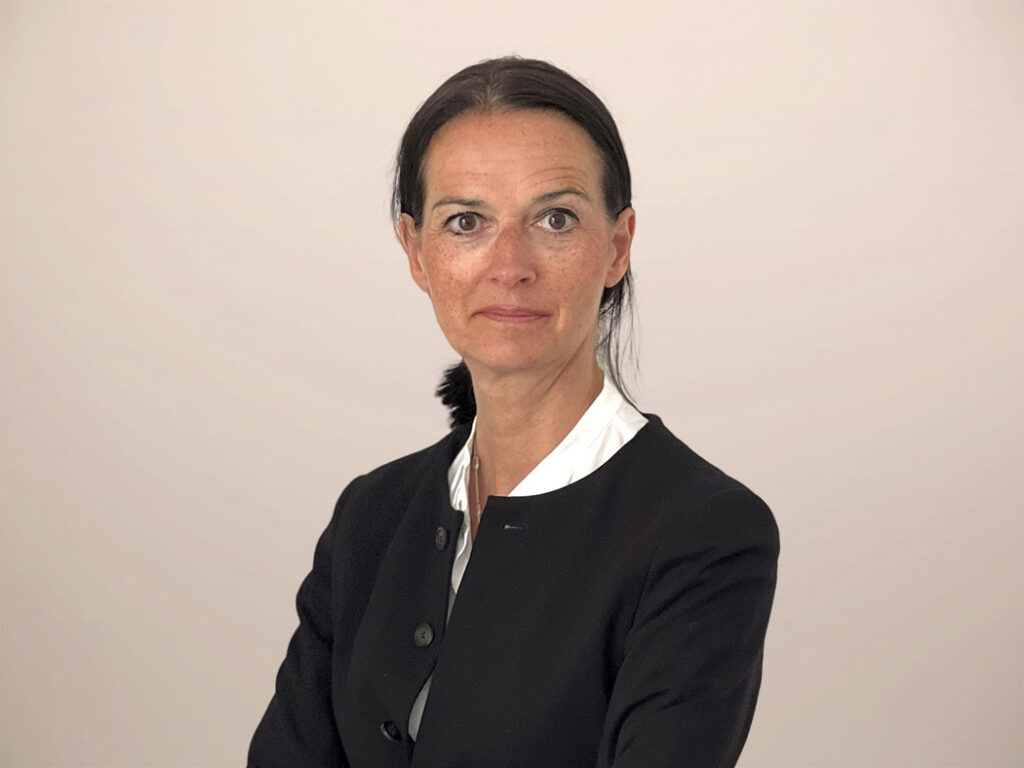How A Strong Collaboration Between CMO And CIO Accelerates Businesses’ Success
Technology is not the exclusive core expertise of IT anymore. For many years, technology has had a place in the B2B marketing strategy and represents a big part of marketing’s responsibility. In addition to implementing and running the relevant marketing technology, marketing requires the knowledge to use it effectively to drive the revenue engine, create value for the business, and support digital transformation. Martech is growing in complexity, and investments are spread across a variety of technologies. The Forrester Marketing Survey, 2022, shows that three of the top marketing technologies or services that B2B senior marketers plan to use for the next 12 months include marketing performance management platforms (21%), market and competitive intelligence solutions (20%), and marketing automation platforms (20%). Therefore, senior marketing decision-makers have identified optimizing their martech stack as one of the biggest challenges to supporting their marketing priorities, and they plan a significant investment increase in technology in the next year.
But our experience shows that collaboration between marketing and IT leadership is not as close as it should be to optimally support the development of a modern and performing martech stack. Different perspectives, unaligned priorities, unharmonized resources, and insufficient support from IT departments are only a few challenges that organizations — and, specifically, marketers — experience when it comes to the development and optimization of a martech stack. Marketing and IT execs must overcome siloed thinking and acting to keep up with the continuously changing market and customer requirements and to stay future fit.
Strong collaboration between IT and marketing requires:
- Mutual understanding. Be transparent and create a mutual understanding of the different perspective, priorities, and needs of marketing and IT.
- A strong relationship. Build a strong, strategic partnership between CMO and CIO, and foster close collaboration between your teams on operational workstreams.
- Structured processes. To create a sustainable alignment of marketing and IT, establish and follow a structured process to build interlocked procedures, from strategy and planning to execution, as a strong foundation for an aligned martech stack. Join us at Technology & Innovation EMEA in October to learn more.
- A holistic technology landscape. Co-create a future fit martech stack that supports the entirety of your organization’s technology landscape.
To break new ground in your B2B marketing digital transformation, CMOs must ensure an adequate marketing technology infrastructure — this starts by building a strong partnership with your technology peers. Become a change agent and break down the silos!
We’re getting ready for Forrester’s Technology & Innovation EMEA in London on October 13–14, 2022, available in a hybrid format both in person and digitally. The motto of this year’s summit is “Break Boundaries, Build The Future.” At the event, we’ll cover the theme of how to overcome boundaries between marketing and IT. In our session, “Partners In Crime: How Interlock Between CMOs And CIOs Drives Business Outcomes,” my colleague and I will present a concrete guide on how to improve your partnership. We’ll introduce a three-step interlock process and provide you with specific guidance along the way toward a strong collaboration.
Find out more and register for Technology & Innovation EMEA here. We’ll offer over 50 exciting sessions and thought leadership presentations. Join us to discover current trends and network with your peers.
You can also reach out to me at cschmitt@forrester.com or by scheduling an inquiry.
